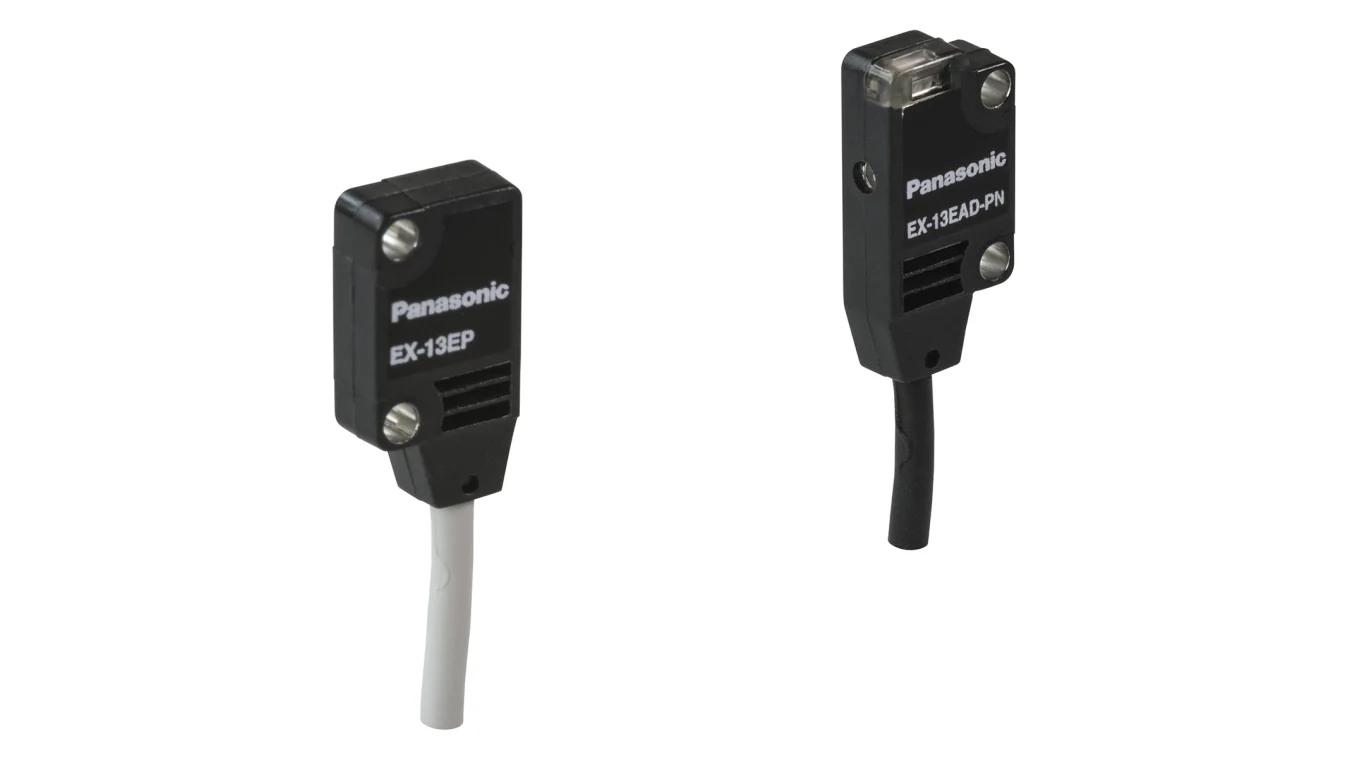A photoelectric sensor is a device that uses light to detect the presence, absence, or position of an object. It consists of a light source, a receiver, and related electronics. The sensor emits a beam of light from the light source, and when the beam is interrupted by an object, the receiver detects the change in light intensity and triggers a response. Photoelectric sensors are widely used in industrial and automation applications for various purposes, including object detection, counting, measuring, and sorting. We have compiled several factors to consider to ensure that you choose the right sensor for your specific application.
Detection Range and Beam Type
The detection range of a photoelectric sensor refers to the maximum distance at which it can detect objects. This range is crucial because it determines whether the sensor is suitable for your application. Consider the distance at which the sensor needs to detect objects and ensure that the sensor’s detection range meets or exceeds your requirements.
Another important factor is the beam type. Photoelectric sensors come in various beam types, such as diffuse, retro-reflective, and through-beam. Diffuse sensors emit a beam of light that reflects off the target object and returns to the sensor. Retro-reflective sensors use a reflector placed opposite the sensor to bounce the beam back to the sensor. Through-beam sensors have a separate transmitter and receiver, with the beam passing from one unit to the other. Each beam type has its advantages and limitations, so choose the one that best suits your specific application.

